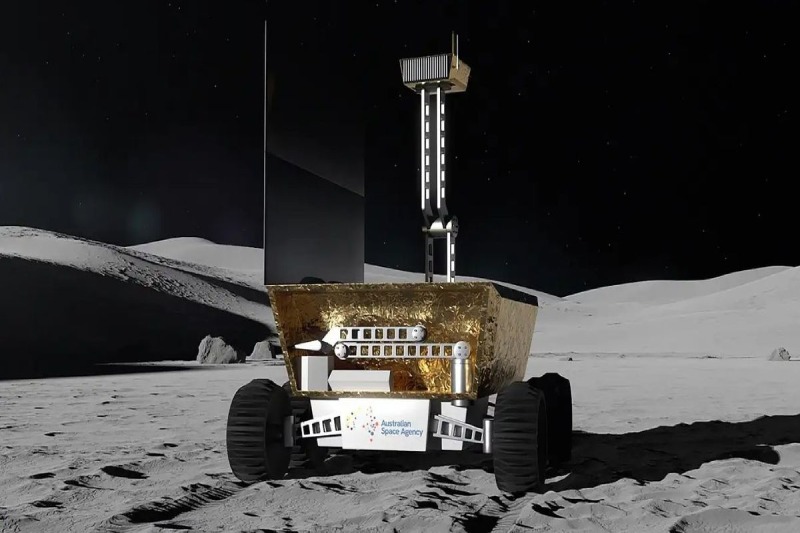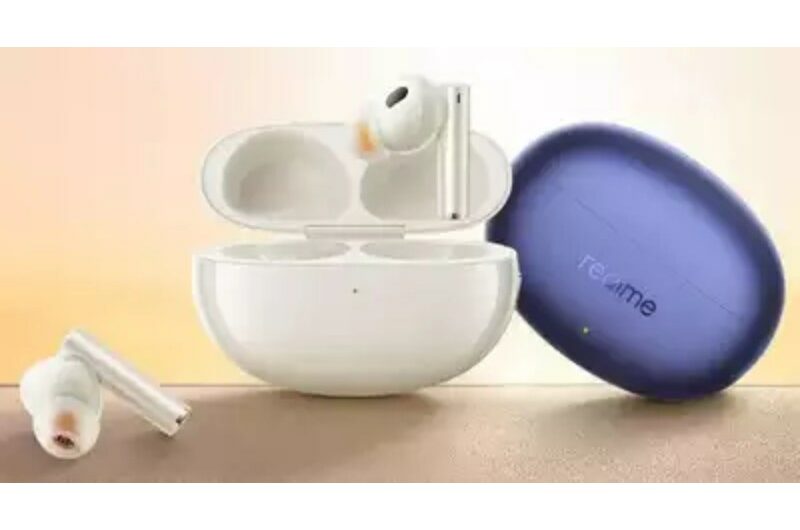Australia’s first lunar rover currently requires a design in addition to a name.
In collaboration with NASA’s Artemis lunar mission, the Australian Space Agency is developing a semi-autonomous rover known as “Roo-ver,” which might launch to the moon as early as 2026. In order to create rocket fuel to enable upcoming trips to Mars and establish a sustained human presence on the moon, NASA will try to extract oxygen from samples of lunar “soil,” or regolith, that the rover will gather.
Australia recently held a naming competition for its first prototype lunar rover. Out of over 8,000 proposals, the name Roo-ver—pronounced like “kangaroo”—was selected. The public was asked to vote on the shortlist of names, which included “Coolamon,” “Kakirra,” and “Mateship,” between November 20 and December 1.
The rover’s Regolith Sample Acquisition Device, which will be in charge of gathering and delivering regolith samples to a NASA-run In-situ Resource Utilization (ISRU) facility on the moon, is now open for public design input.
With support from the Australian freelancing marketplace “Freelancer.com” and the space consortium ELO2, the “ELO2 Big Dipper Lunar Regolith Acquisition Challenge” invites creative thinkers to offer suggestions and design concepts that could aid in the mission. The design challenge’s first phase winners were unveiled lately, advancing Roo-ver—named for the nation’s upcoming “leap” into space—one step closer to completion.
“We are impressed with the number and quality of submissions we received in Phase 1,” Joseph Kenrick, ELO2 technical director, said in a statement from Freelancer.com. “The different perspectives and insights from the teams is helping inform our own designs for the regolith acquisition device. We can’t wait to see what comes out of Phase 2!”
A range of concepts for the rover’s lunar arm to collect and store regolith samples from the moon’s surface were submitted by the Phase 1 winners. To prove the design’s viability, every winning concept was put to the test. The announcement said that four winners of third place received $975 each, three winners of second place received $1,600 each, and three winners of first place received $2,100 apiece.
“We’re excited to be part of history in helping ELO2 design a regolith collector for Australia’s first lunar rover,” Trisha Epp, program manager at Freelancer.com, said in the statement. “Phase 1 winners demonstrated creative ingenuity and innovative thinking in addressing the unique challenge brief. They’re a real showcase of how open innovation challenges can help crowdsource new ideas. We look forward to seeing how these ideas come to life in Phase 2 and are adopted in the final lunar rover design.”
Phase 2 of the challenge is currently live and encourages people and residents of Australia, regardless of whether they took part in or won Phase 1, to submit a one-page infographic outlining their thoughts and suggestions for the design of the rover’s future regolith collecting mechanism. Submissions must be sent by March 8 in order to be considered for the prize pool of $3,000. The winners will be announced on April 1.
Roo-ver, weighing around twenty kilograms or forty pounds, is predicted to crash close to the lunar south pole, where it will scour the moon’s surface for fourteen Earth days, or roughly half of a lunar day. Participants in Phase 2 are requested to submit design suggestions that take into consideration the harsh lunar environment, the special qualities of regolith, operational life, and energy efficiency.
Topics #Australia #Lunar Rover










